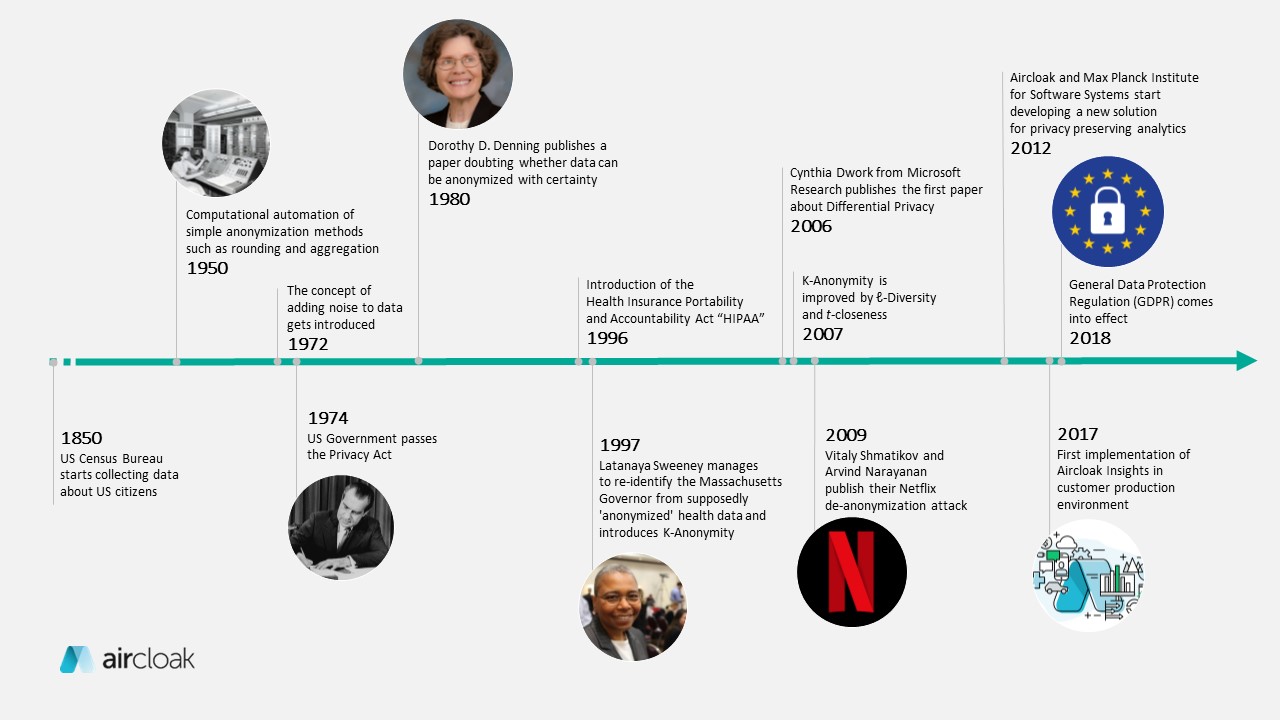

So in 2007, when Yahoo! Pipes launched, it quickly became a popular product, one some users still mourn today.
#Brief history of automation software
Back in the day, Yahoo! was a sector leader, with their namesake search and Yahoo Mail making it a popular consumer software company. Yahoo! Pipes: The first major playerĮnter Yahoo. Still, it demonstrated that organic business processes could be digitised and, ultimately, automatised. It was too technical, and - like many of IBM's products - it never made it past the enterprise market, where it still lives on as IBM App Connect today. This software eventually became automation-oriented, but never managed to find mainstream success. It used a standardised notation, which made it easier to organise and communicate how certain processes were completed by the business. The goal of WPS was to help businesses visually represent their workflows. Automation is no exception the tech dinosaur saw an opportunity for automation in the early noughties and launched the WebSphere Process Server in 2005. One of the first of these pioneers was IBM, a company that has been at the forefront of more emerging technologies than just about anyone else. And now, as is often the way, it seems obvious that software automation would be as viable and successful as industrial automation.īut that hindsight was only made possible by a handful of pioneers. Even when two apps could be integrated, the options available were so limited that it often wasn't worth the effort.

That was only possible for software that included an API, far from a guarantee in the early days of web apps.
#Brief history of automation code
In the beginning, the only way to automate workflows across multiple apps was to write your own code to integrate manually. If they want to compete in their industry, then automation is a must.īut how did we get there? How exactly has business process automation evolved? When did it take over the workplace? And what’s next, now that seemingly every app has automation built-in? The early pioneers of business automation software

For many businesses, automation is a non-optional investment. In 2020, just about everyone has used - or at least heard of - apps like Zapier, IFTTT, and Integromat, or at least used built-in automation tools and workflow builders inside apps like Slack. Now, automating business tasks is sweeping across every market - and fast! It used to be that automation was limited to factory floors and robot product lines.


 0 kommentar(er)
0 kommentar(er)
